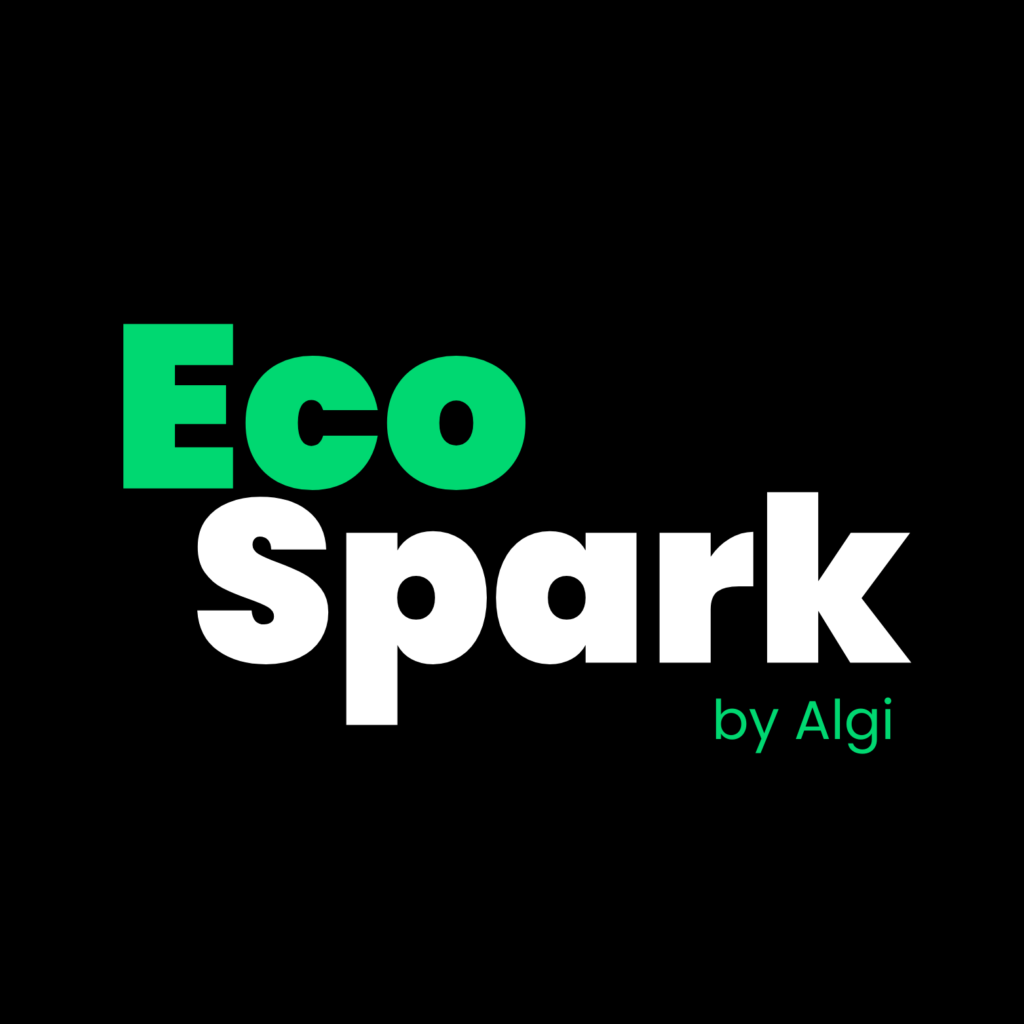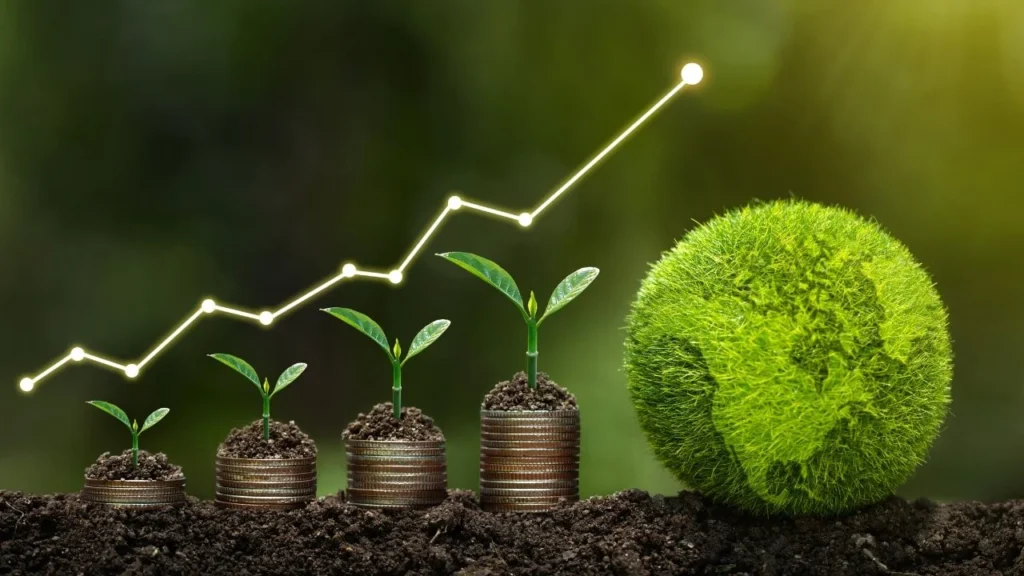
Sustainability continues to be a central theme in both the corporate world and personal choices. As we step into 2025, the trends in sustainability are evolving, with new technologies, practices, and innovations driving the movement forward. From renewable energy advancements to waste reduction solutions, these trends are paving the way for a more sustainable future. Among the most exciting developments is the rise of algae-based technologies, which are playing an increasingly vital role in revolutionising industries ranging from energy to food production.
In this blog, we’ll explore the key sustainability trends that will shape 2025, focusing on algae-based solutions and their growing impact. Read on to discover how these trends are transforming industries and what you can do to be part of the movement.
Algae is no longer just a part of the marine ecosystem—it is now at the forefront of sustainability innovation. Algae-based technologies are finding applications in several key industries, from clean energy production to food, cosmetics, and pharmaceuticals. The remarkable versatility of algae makes it a powerful tool in addressing various environmental challenges. Read more about it at algi.uk

One of the most promising areas for algae is in renewable energy. Algae can be used to produce biofuels, including biodiesel and biogas, through processes like algae cultivation and fermentation. Unlike traditional biofuels derived from crops such as corn and soybeans, algae biofuels do not compete with food production, making them a more sustainable option.
Additionally, algae can absorb carbon dioxide (CO2) during growth, which helps mitigate greenhouse gas emissions. By harnessing the power of algae, we can reduce our reliance on fossil fuels and transition to cleaner energy sources.
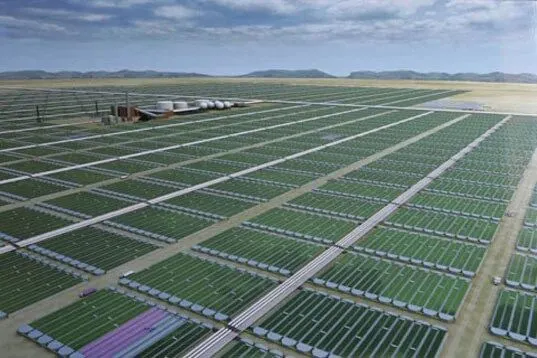
Algae is also gaining attention in the food industry as a sustainable alternative to traditional protein sources. Algae-based food products, such as spirulina and chlorella, are packed with essential nutrients, including protein, vitamins, and minerals. These algae-derived foods are not only nutritious but also have a lower environmental impact compared to animal farming.
As the global population grows and the demand for food increases, algae-based protein sources could become a key player in ensuring food security without putting additional strain on the planet’s resources.
Algae are also being used in wastewater treatment to clean water and reduce pollution. Algae-based filtration systems can effectively remove harmful contaminants from water, offering a sustainable and cost-effective solution for water treatment. This innovative approach could significantly reduce the environmental impact of traditional water treatment methods, which often rely on chemical processes.
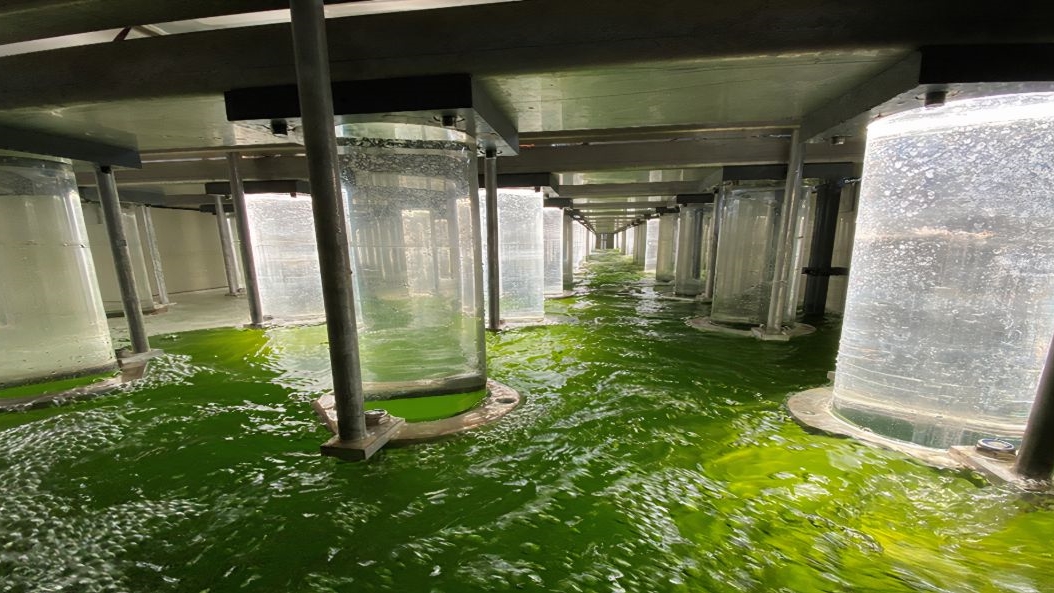
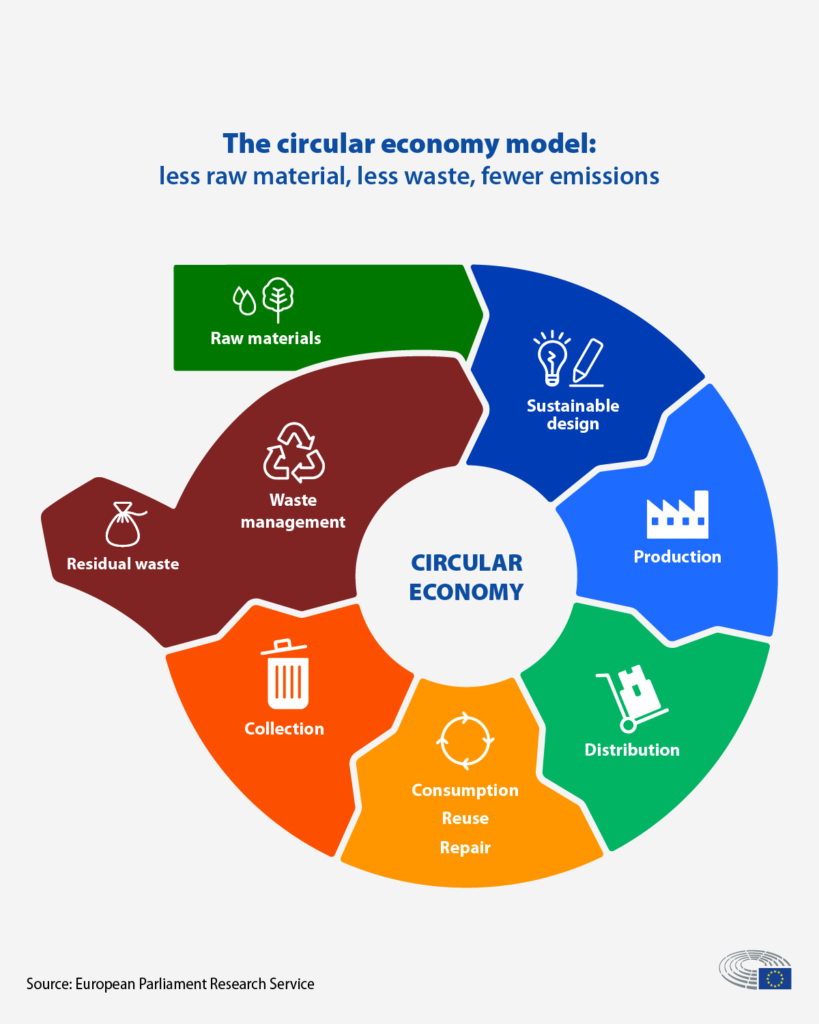
The circular economy is one of the most important sustainability trends for 2025. This model focuses on reducing waste and reusing materials, ensuring that products and resources are used to their fullest potential. In 2025, we will see more businesses and industries adopting circular economy principles to reduce environmental harm and promote resource efficiency.
As part of the circular economy, companies are redesigning products to be more durable, repairable, and recyclable. This approach helps to reduce the amount of waste generated and encourages consumers to make more sustainable choices. In 2025, we can expect to see an increase in product lifecycles, with companies taking responsibility for the entire life of their products, from production to disposal.
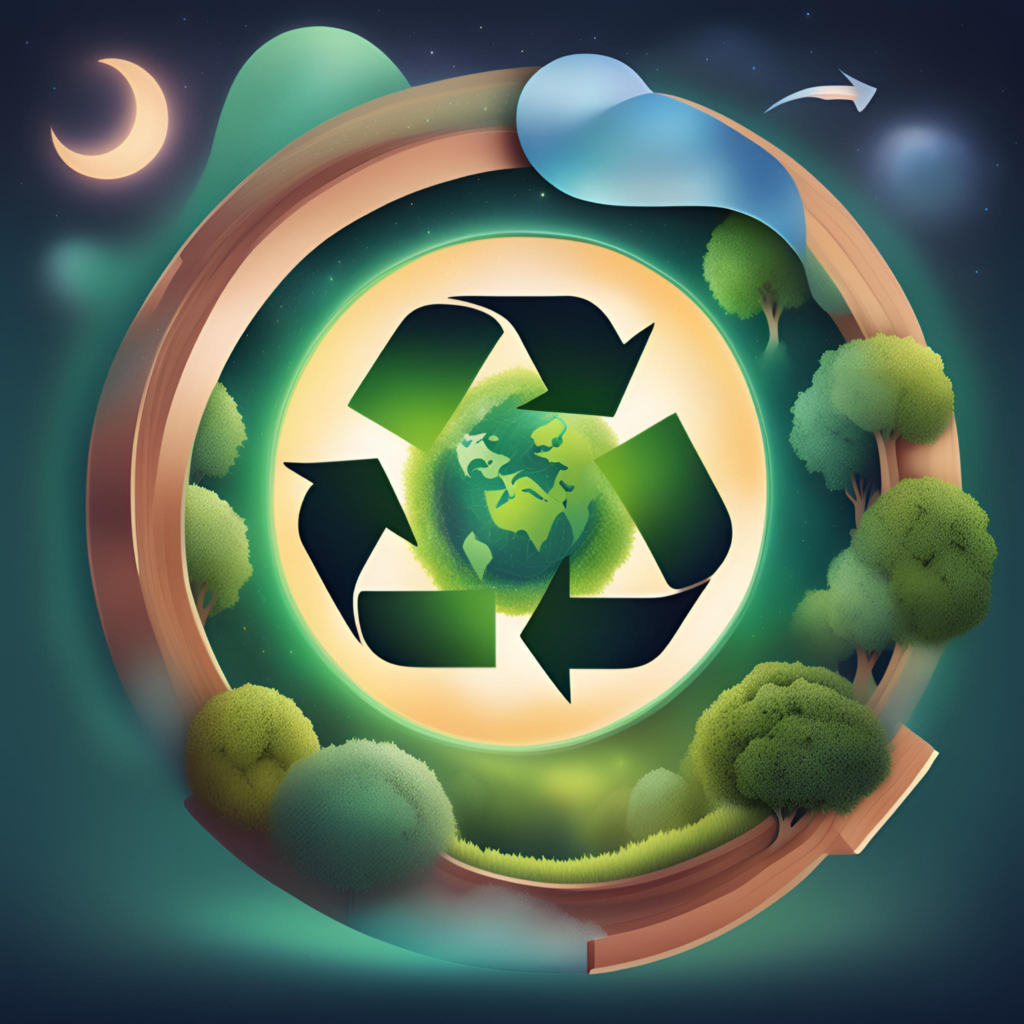
One of the key pillars of the circular economy is turning waste into valuable resources. Many industries are exploring ways to repurpose waste materials into new products. For example, waste plastic is being converted into building materials and organic waste is being transformed into compost or bioenergy. Algae-based technologies also play a role in this trend, as algae can be grown on organic waste, turning it into useful biomass for energy production or as a sustainable food source.
By shifting towards a circular economy, businesses can reduce their carbon footprint and contribute to a more sustainable future.
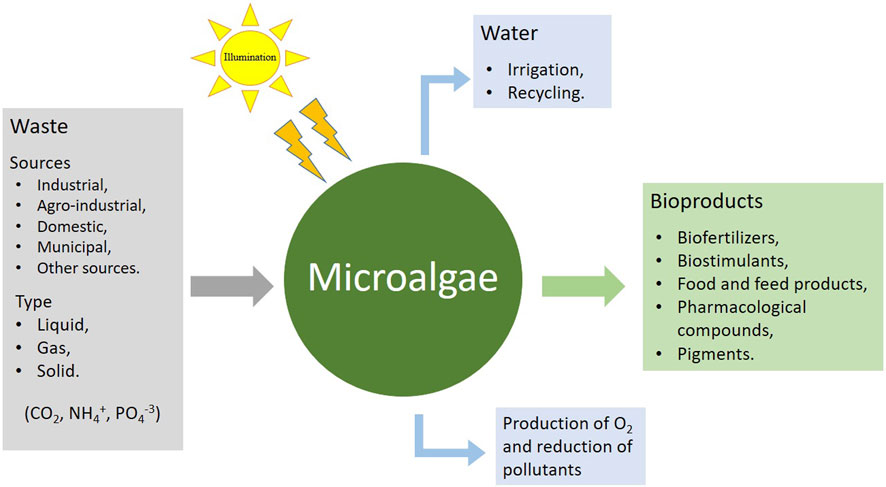
The global push for renewable energy continues to gain momentum in 2025. As countries work to reduce their carbon emissions and transition away from fossil fuels, renewable energy sources like solar, wind, and hydroelectric power are becoming more widespread. In addition to these well-known sources, algae-derived biofuels are emerging as an innovative renewable energy solution.
Solar and wind energy technologies are constantly evolving to improve efficiency and reduce costs. In 2025, we can expect to see more efficient solar panels, advanced wind turbine designs, and innovations in energy storage. These developments will make renewable energy even more accessible to businesses and consumers, helping to accelerate the transition to a low-carbon economy.
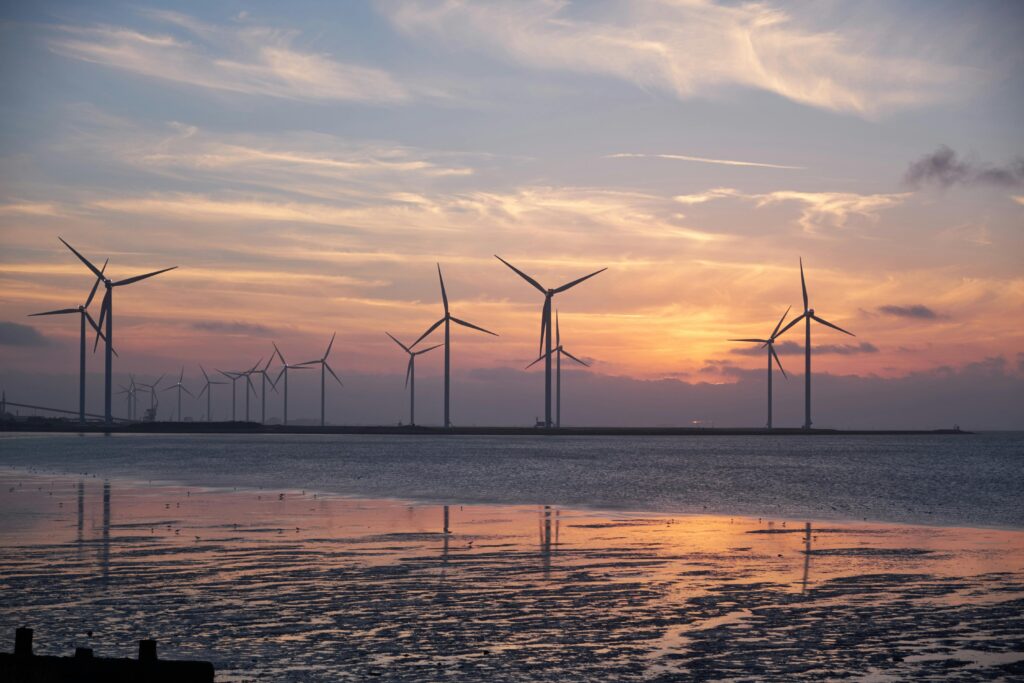
Solar and wind energy technologies are constantly evolving to improve efficiency and reduce costs. In 2025, we can expect to see more efficient solar panels, advanced wind turbine designs, and innovations in energy storage. These developments will make renewable energy even more accessible to businesses and consumers, helping to accelerate the transition to a low-carbon economy.
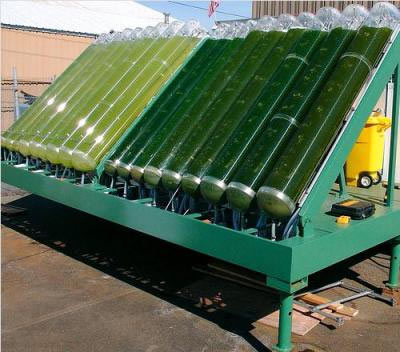
Transportation is one of the largest contributors to global carbon emissions. However, with advances in electric vehicles (EVs), hydrogen fuel cells, and sustainable fuels, the transportation industry is undergoing a transformation. In 2025, we can expect to see more widespread adoption of EVs and the development of infrastructure to support them.
The shift to electric vehicles is gaining traction as battery technology improves and governments provide incentives for EV adoption. In 2025, we will see more affordable EV models, faster charging stations, and expanded charging networks, making it easier for consumers to transition to electric transportation.
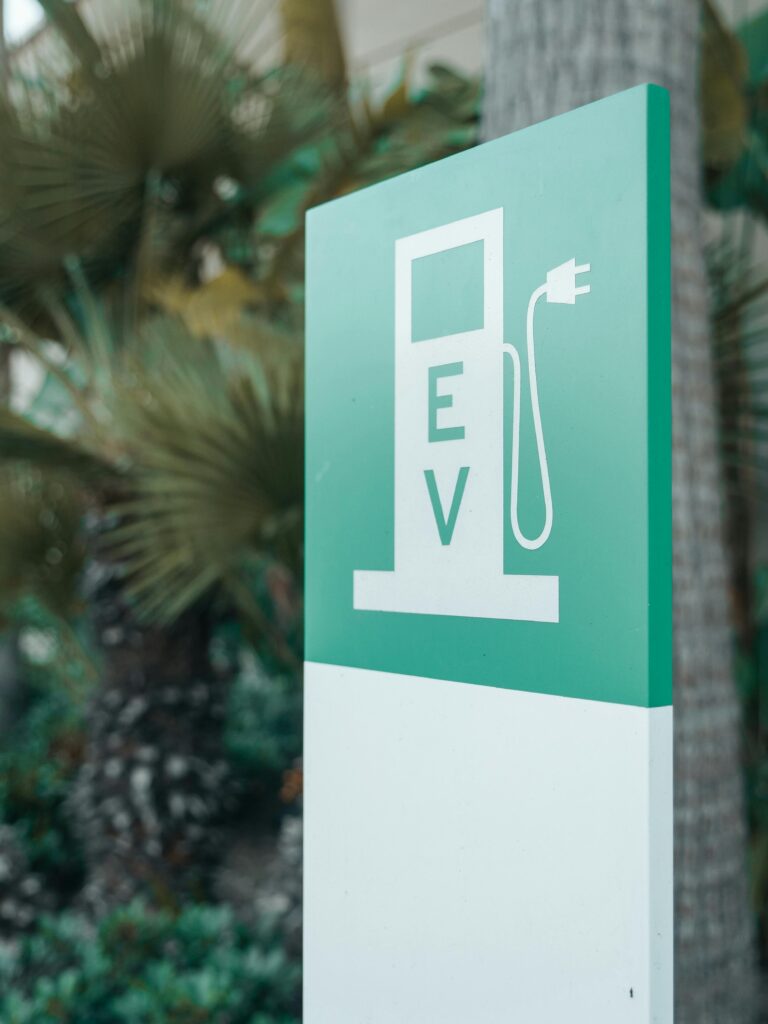
Algae-based biofuels are also playing a role in sustainable transportation. Algae-derived fuels can be used to power vehicles, offering a cleaner alternative to traditional gasoline and diesel. As the transportation industry moves towards cleaner energy sources, algae-based fuels could become a key component of the solution.
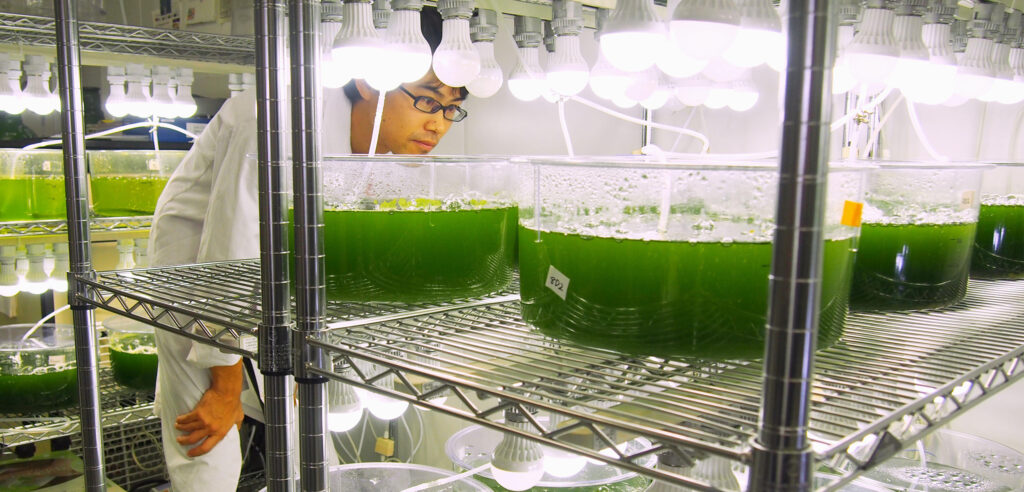
The construction industry is a major contributor to environmental degradation, but sustainable building practices are on the rise. In 2025, green building and sustainable architecture will continue to be central themes as the industry seeks to reduce its carbon footprint and promote energy efficiency.
Green building materials, such as recycled steel, bamboo, and hempcrete, are becoming increasingly popular in construction projects. These materials are not only sustainable but also offer excellent performance characteristics, making them ideal for energy-efficient buildings.
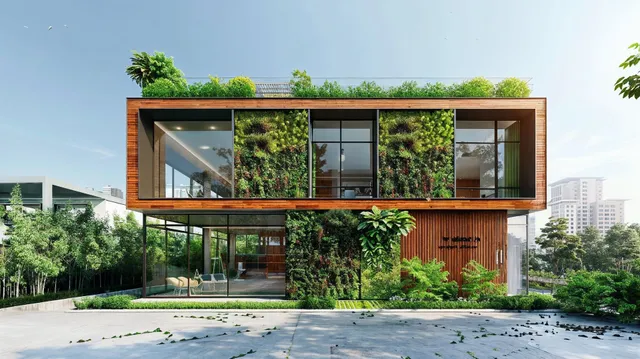
Smart buildings that optimise energy use through automation are becoming more common. These buildings use sensors and data analytics to control heating, cooling, and lighting, ensuring that energy is used efficiently and waste is minimized.
Algae is also being integrated into building designs, with algae-based panels being used in some projects to generate renewable energy and provide natural cooling. These innovative solutions help reduce the environmental impact of buildings while promoting sustainability.

As we look ahead to 2025, it’s clear that sustainability is not just a buzzword—it’s a global movement that’s reshaping industries and transforming the way we live. From algae-based technologies to renewable energy solutions and circular economy practices, there are numerous ways to make a positive impact on the planet.
As an individual, you can contribute to the sustainability movement by making conscious choices in your daily life. Whether it’s reducing waste, supporting sustainable products, or adopting energy-efficient technologies, every small action counts. By staying informed about the latest sustainability trends and incorporating them into your life, you can help create a greener, more sustainable future.
If you want to stay updated on the latest sustainability news and trends, don’t forget to subscribe to our newsletter! Be the first to receive expert insights, tips, and innovations in the world of sustainability.
At Algi, we’re dedicated to exploring algae’s vast potential to revolutionize sustainability. Stay informed and inspired by joining our newsletter. Let’s work together to make a difference for future generations. Subscribe today.
